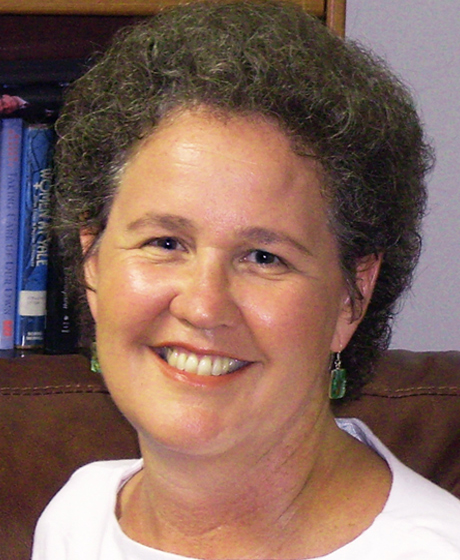
well-respected research and policy expert described as “a giant in the world of education” by The Washington Post, Linda-Darling Hammond began her new role as State Board of Education President in February 2019 after Gov. Gavin Newsom appointed her to the body. The 11-person board oversees policy, academic standards, curriculum, assessments and accountability for the state’s K-12 public schools.
California Schools recently talked with Darling-Hammond about her vision for the state’s K-12 public education system, the need for greater funding and the persistent teacher shortage impacting districts up and down California.
California tackled this issue by creating the Local Control Funding Formula, which allocates more resources to local educational agencies that serve low-income students, English learners and students who are in foster care or homeless. We have moved from being one of the lowest-spending states in the country to about 25th in average per-pupil expenditures. However, when you adjust for our high cost of living, we are still well below the average*. We need to continue to make progress on both equity and increased investments. We need to spend funds in ways that improve student learning, which is why instituting a well-functioning Local Control and Accountability Plan, where budgets are continually evaluated against progress toward learning goals and reshaped as needed, is very important.
A lot of my research has examined what kind of professional learning is effective, how to make it available, and what the impacts are when teachers have the content knowledge and the skills to enable each child to succeed.
Addressing retention is crucial since 90 percent of teachers hired each year are replacing teachers who left the year before. Two-thirds of leavers are not retiring but are leaving for other reasons, most due to challenges in teaching. Those who are underprepared are two to three times more likely to leave.
That’s why we need to make it possible for teachers to be fully prepared. This year, Gov. Newsom has proposed $90 million for forgivable loans or service scholarships that will help people get the training they need to teach well and repay those loans with service in school districts.
In the long run, we must also improve working conditions and provide the supports that make staying in the profession worthwhile.
California has also done impressive work around Linked Learning and other strategies that prepare young people for college and careers in innovative ways.
On the other hand, most of California’s professional learning system was zeroed out during the Great Recession and now has to be rebuilt. We can learn from states that are doing this really well, like Iowa, New Jersey and Vermont. I think California could learn and borrow from states like New York and Massachusetts that have addressed childhood poverty, food insecurity and housing insecurity through community schools that provide wrap-around services for children and thereby improve learning.
Andrew Cummins is a staff writer for California Schools.